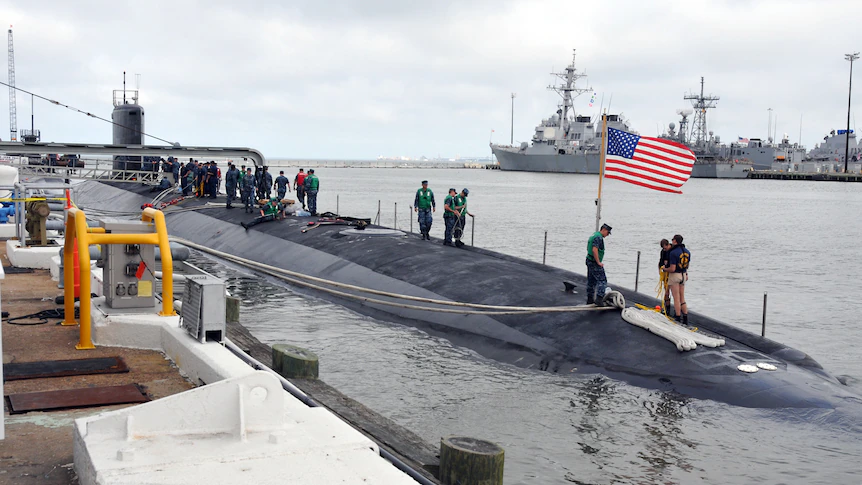The Beaufort bomber veterans remains are being returned to Australia at the families request and there is a full ceremony planned at Amberley Air Force base on the 26th April (day after ANZAC day) with attendance from the prime minister QLD premier and numerous other dignitaries at 1000 hrs for those interested.
The discovery of this historic aircraft and the efforts to bring it back to Australia serve as a testament to the dedication and respect for those who served during World War II
The Royal Australian Air Force (RAAF) has recently made a significant discovery related to a Second World War Beaufort aircraft (A9-186) that went missing in 1943. The aircraft, along with its four crew members, was positively identified after an extensive search mission in the waters south of Gasmata, Papua New Guinea (PNG). The crash site was discovered in 2020 and was confirmed by Chief of Air Force Air Marshal Robert Chipman.
The challenging task of identifying the remains of the aircraft after 79 years involved specialist divers who worked on an aircraft that had been extensively damaged by fire and covered in layers of sediment and marine growth. The wreckage was located at a depth of 43 meters underwater. The identification process required considerable time, effort, and teamwork.
The remains of the aircraft, including the aircraft identity plate and cockpit lever, will be returned to Australia under a permit granted by the PNG National Museum and Art Gallery. Unfortunately, no remains of the other two crew members, Flight Sergeant Albert Beckett and Flight Sergeant Gordon Lewis Hamilton, were recovered. However, the RAAF remains committed to finding, recovering, and identifying missing service personnel as part of honouring their service and sacrifice for the nation.










